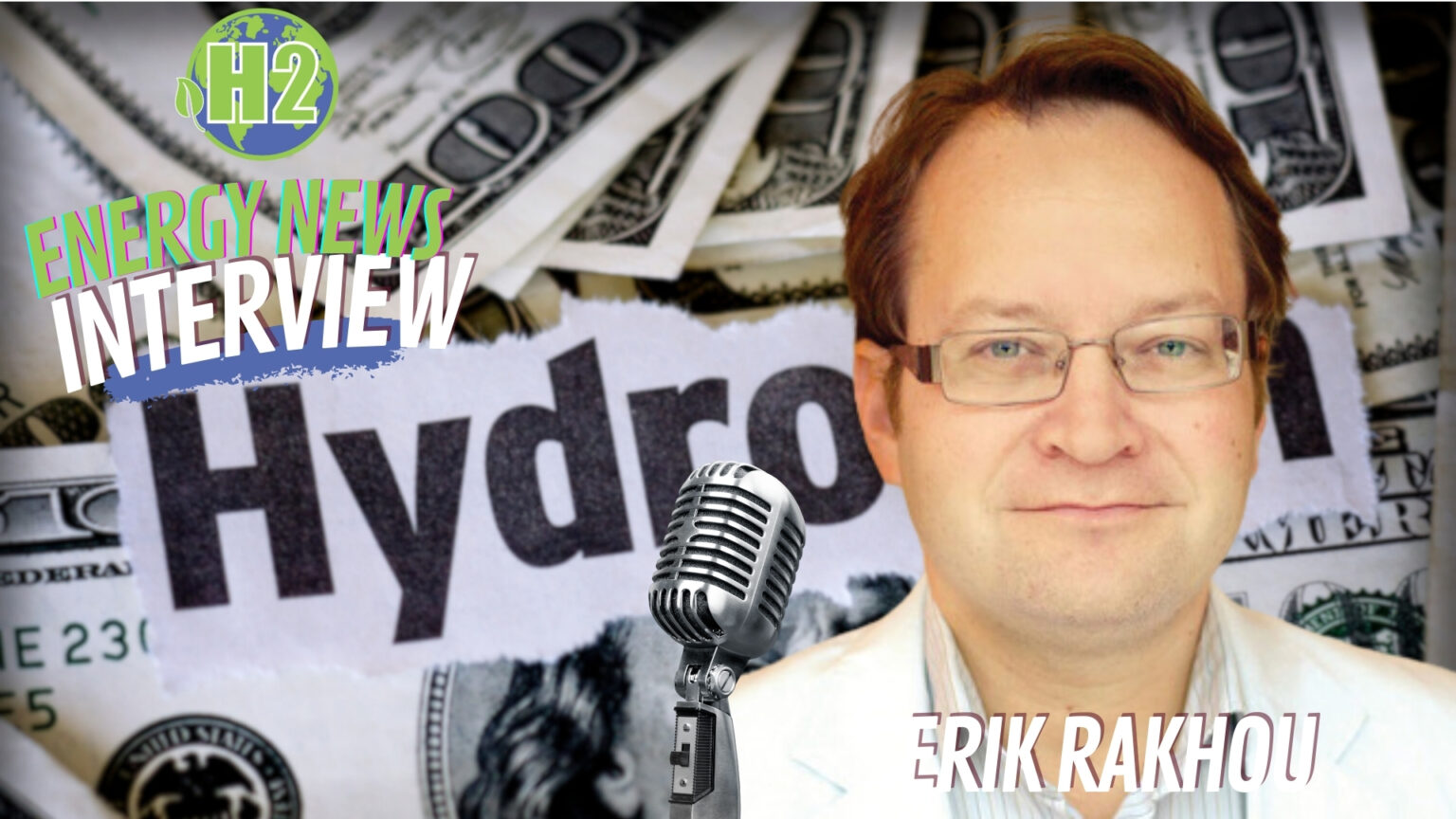The hydrogen market has already reached a staggering $100 billion annually, yet it still faces a significant roadblock: the absence of a plug-and-play market. Unlike solar and wind, which flourished due to clear infrastructure and standardized pricing, hydrogen remains fragmented. This gap raises a critical question: can hydrogen achieve its potential as the cornerstone of the energy transition?
WATCH THE FULL INTERVIEW
Erik Rakhou, hydrogen strategist and author of a globally acclaimed book on the energy transition, outlines the challenge. Solar and wind succeeded because their integration into power grids was seamless—they had the infrastructure, pricing, and demand mechanisms from the outset. Hydrogen, by contrast, must navigate a far more complex ecosystem, encompassing industrial use cases, financial hurdles, and global policy alignment.
For instance, ammonia is emerging as the preferred form for hydrogen transport, with 16 terminals under development in Northwest Europe. However, without robust off-take agreements—long-term contracts guaranteeing purchase volumes—projects stall. Banks demand these agreements before releasing financing, creating a bottleneck that could delay critical infrastructure.
Lack of Market
Hydrogen’s lack of a defined market is its Achilles’ heel. Producers could connect their output directly to power grids in established renewable sectors, such as solar, and sell to buyers via standardized contracts. Hydrogen lacks this clarity. Metrics highlight the disparity:
- 100 Mt/year: Current global hydrogen demand, primarily gray hydrogen.
- 540 Mt/year: The International Energy Agency’s forecasted hydrogen demand by 2050.
- 10 Mt/year by 2030: Europe’s import target for low-carbon hydrogen, with only half likely to materialize due to project delays.
This mismatch underscores the importance of initiatives like H2Global, which matches producers and buyers through structured tenders. Such mechanisms emulate the power markets of renewables, paving the way for hydrogen’s scalability.
The Challenge of Financial Alignment
Hydrogen projects face unique financial barriers. Unlike solar or wind, where capital is secured through predictable revenue streams, hydrogen investors demand stringent guarantees. Off-take agreements of 10–15 years are often prerequisites, slowing progress. For example, Germany’s hydrogen backbone depends on these agreements to ensure viability.
Infrastructure in Transition
Key infrastructure developments hinge on international cooperation. Europe’s planned hydrogen backbone, capable of transporting 50% of projected imports, demonstrates the scale of commitment needed. Meanwhile, ammonia cracking technologies are advancing, with major players like Yara developing maritime bunkering solutions. These technical strides are critical yet dependent on policy alignment and financing.
Lessons from Renewables
Solar and wind demonstrated that cost reduction comes from scale, but hydrogen lacks a comparable roadmap. The industry must adopt mechanisms that emulate successful renewable frameworks, such as clear pricing indices (e.g., Hydrix) and demand-side incentives.
Language Precision
Hydrogen’s path forward requires integrating infrastructure, finance, and policy. The $100 billion market is only the beginning. As Eric Ru notes, “Hydrogen’s challenge isn’t its promise—it’s building the framework to fulfill it.”
